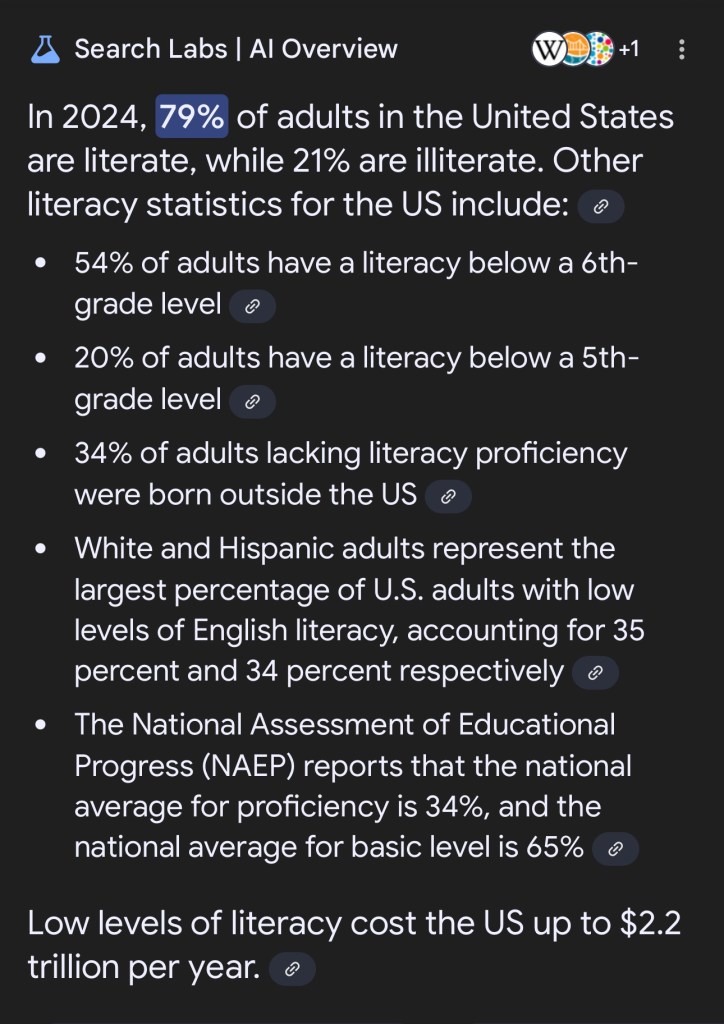Workers World: PDF of November 20 print issue
Read More »Tag: engineering
Top Chinese scientists flee Boston area as Harvard, MIT fall in rankings ; Silicon Valley also hit
Dems Demand Pete Hegseth Halt ‘Orwellian Book Purges’ In Military Schools
Dems Demand Pete Hegseth Halt ‘Orwellian Book Purges’ In Military Schools
After DoDEA last month directed its schools to pull lessons from its curriculum related to immigration, gender and sexuality, the schools responded with things like book bans, a portrait of former first lady Michelle Obama being removed, a Harriet Tubman poster being pulled down, rainbows being taken down in kindergarten classrooms and bans on school clubs for LGBTQ+ students and girls in STEM.
Ironically, Vice President JD Vance’s memoir, “Hillbilly Elegy,” was also banned. 😹😹😹
Soft Power: U.K. & Quad STEM Scholarships
CSIS Simulation Highlights Urgent Need to Strengthen U.S. Defense Industrial Base
A recent simulation conducted by the Center for Strategic and International Studies (CSIS) paints a stark picture of the U.S. defense industrial base, revealing critical vulnerabilities in its ability to support military operations in the event of a large-scale conflict. The findings underscore the urgent need for public-private partnerships, increased investment in manufacturing capacity, and reduced reliance on foreign components.
CSIS Simulation Highlights Urgent Need to Strengthen U.S. Defense Industrial Base
Good luck with that! The U.S. “defense industrial base” is beholden to profits!
Related:
Mike Gallagher says that the Pentagon Has Two Years to Prevent World War III
The Pentagon is running out of missiles. After December 1, that will be a big problem.
Trump 2.0: Prepare for the further dumbing down of America
No, it’s not Communism! It’s the privatization of education. “School choice” takes away from government spending for public schools!

Trump Chooses Longtime Ally Linda McMahon to Run Education Dept.
Read More »President-elect Donald J. Trump on Tuesday tapped Linda McMahon, a former professional wrestling executive who ran the Small Business Administration for much of his first term, to lead the Education Department, an agency he has routinely singled out for elimination in his upcoming term.
…
In part because of her recent policy role and her experience as the small business administrator, Ms. McMahon had been discussed as a possible pick to lead the Commerce Department until the role was officially offered to Howard Lutnick, a Wall Street executive and a chairman of the Trump transition team, earlier in the day.
Ms. McMahon will be in charge of overseeing what is widely expected to be a thorough and determined dismantling of the department’s core functions, as Mr. Trump and many of those in his orbit have questioned the agency’s purpose and disparaged its work as overregulating schools on political and ideological terms.
Other than a brief appointment in 2009 to the Connecticut State Board of Education, where she served for just over a year, Ms. McMahon has no experience in overseeing education policy. She would assume the role at a time when school districts across the country are facing budget shortfalls, many students are not making up ground lost during the pandemic in reading and math, and many colleges and universities are shrinking and closing amid a larger loss of faith in the value of higher education.
While Mr. Trump has repeatedly called for an outright dissolution of the agency, any effort to shutter it would require congressional action and support from some Republican lawmakers whose districts depend on federal aid for public education.
But the America First Policy Institute has set out a more immediate list of changes it says could be achieved through vastly changing the department’s priorities. Those include stopping schools from “promoting inaccurate and unpatriotic concepts” about American history surrounding institutionalized racism, and expanding “school choice” programs that direct more public funds to parents to spend on home-schooling, online classes or at private and religious schools.
US Seeks “Super Weapons” to Reign as Sole Superpower
– The US realizes its window of opportunity following the Cold War to assert itself as sole global superpower is closing (if it hasn’t closed already);
– It seeks to find a way to match or exceed the military capabilities and industrial capacity of both Russia and China through “innovation;”
– The US refuses to recognize the fundamental flaws in its own system as well as the premise upon which it seeks primacy in the first place;
– Start-up companies seeking to out-innovate and/or out-produce China propose unrealistic measures that either won’t work or that China is already employing itself on a much larger scale;
References:
Previously:
US Seeks “Super Weapons” to Reign as Sole Superpower
The US openly declares that it seeks to maintain a monopoly over shaping the “international order” following the Cold War and America’s emergence from it as the sole superpower.
The 4 Key Strengths of China’s Economy — and What They Mean for Multinational Companies
China’s hybrid “state capitalist” system, driven by centralized planning and fierce competition, has led to dominance in critical technological fields and emerging markets. Western multinational corporations are advised to adopt a pragmatic approach to capitalize on four key strengths of China’s economy: its innovation ecosystem, its investment in the Global South, its ultra-competitive markets, and its vast consumer base. Those who fail to engage risk losing global revenue and strategic opportunities.
The 4 Key Strengths of China’s Economy — and What They Mean for Multinational Companies
[2012] The Demise of Higher Education in the United States
The United States has experienced two major growth spurts in higher education. In 1862, the Morrill Act changed the face of higher education will by granting each state 30,000 acres of public land for each senator and representative. Sale of the land was intended to create an endowment fund for the support of colleges in each of the states. Prior to the creation of the land-grant colleges, higher education was predominantly intended for wealthy students and those intending to serve as clergy. The land-grant colleges expanded higher education to different regions and a different class of students. This expansion, however, was still incomplete.
Previously:


You must be logged in to post a comment.